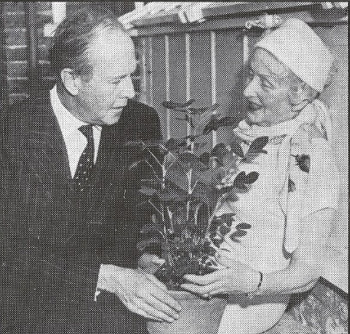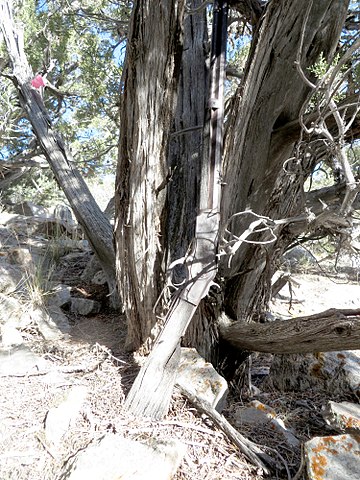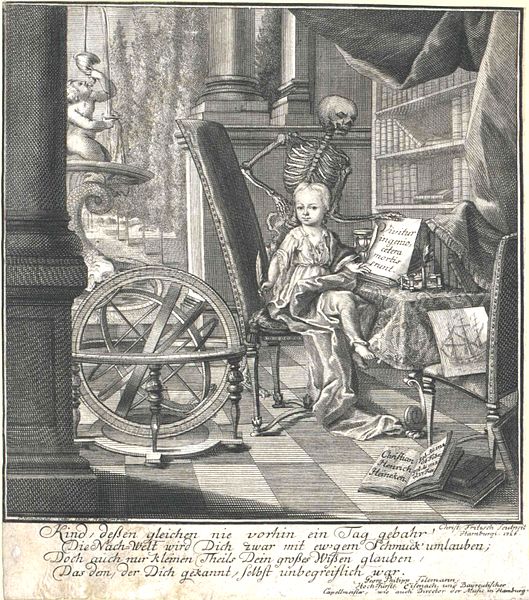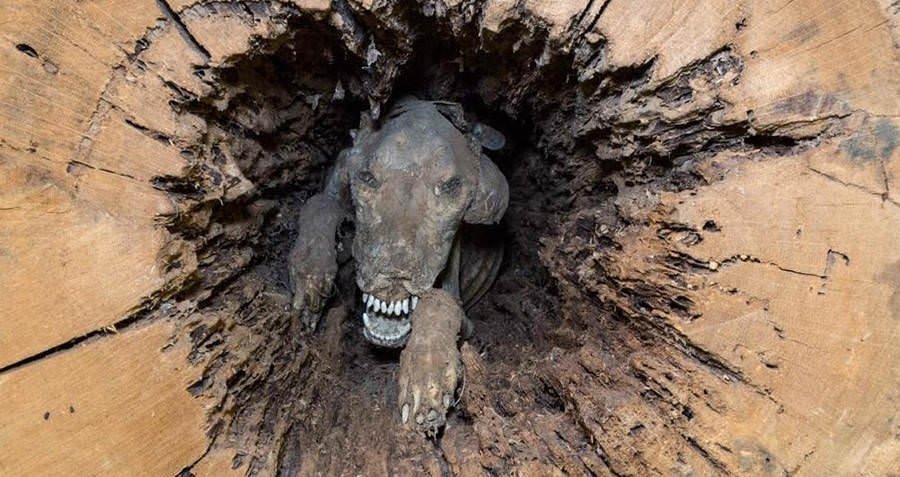I can’t confirm this, but it’s interesting: In his 1954 book Lonely Voyagers, French navigator and maritime historian Jean Merrien claims that the first documented case of a single navigator crossing the Atlantic is that of a Native American who reached the Iberian peninsula long before Columbus’ time:
In the Middle Ages there arrived one day on the coast of Spain a man ‘red and strange’ in a craft described as a hollowed tree. From the recorded description, which specifically states that he was not a Negro, he might well have been a native of America in a piragua — a dug-out canoe … the unfortunate man, ill and enfeebled, died before he had been taught to make himself understood.
In Christopher Columbus: The Mariner and the Man, Merrien suggests that Columbus may have known about this man and assumed that he had come from China. I’ll see if I can discover his original source; if I can I’ll update this post.






